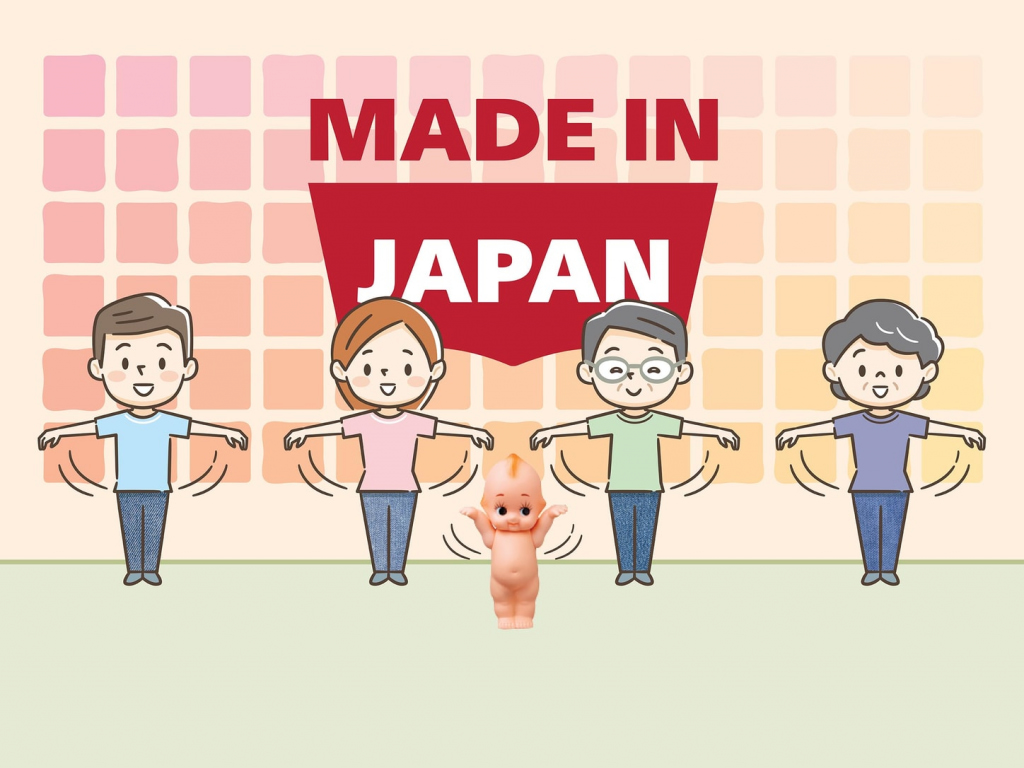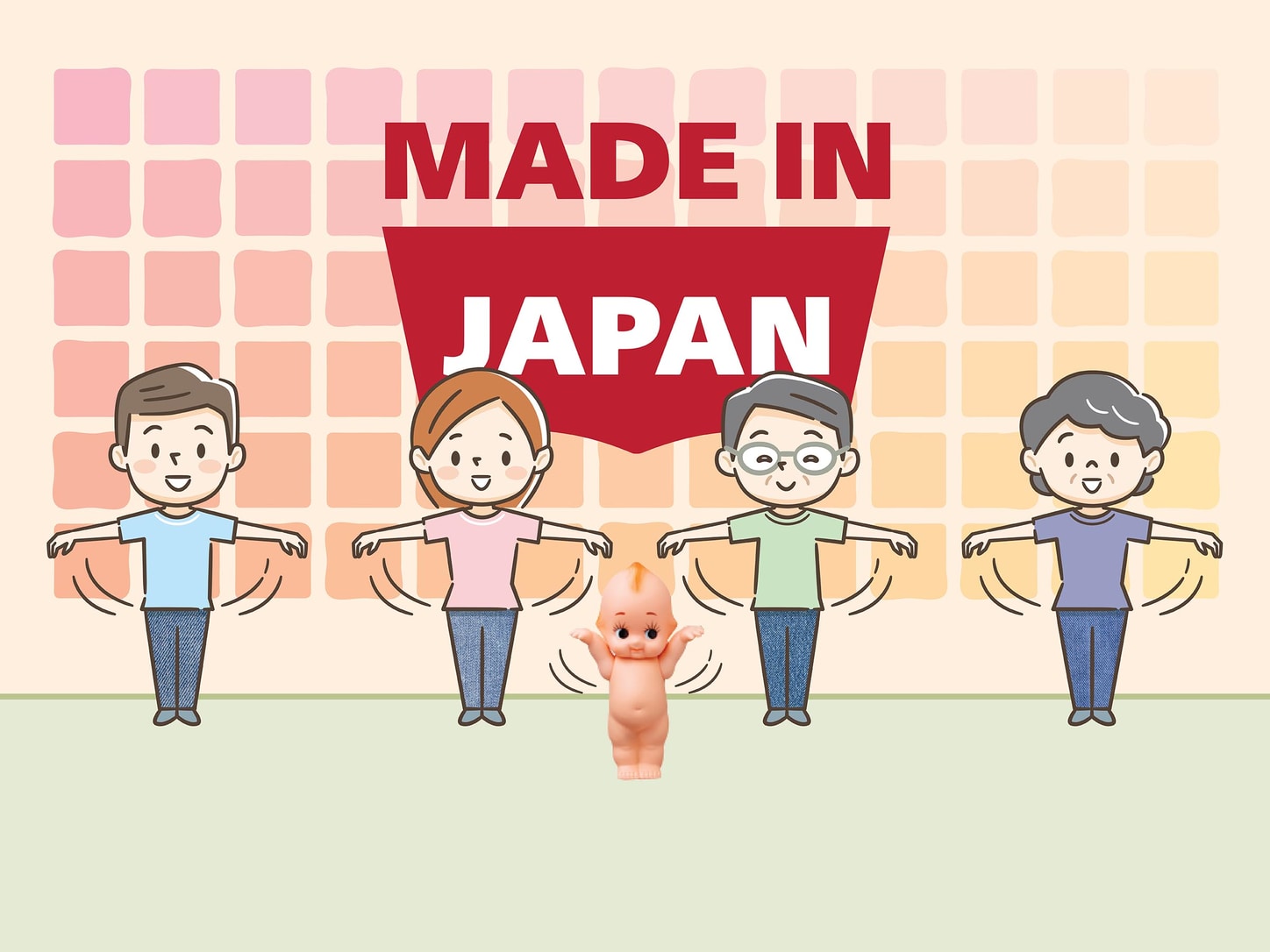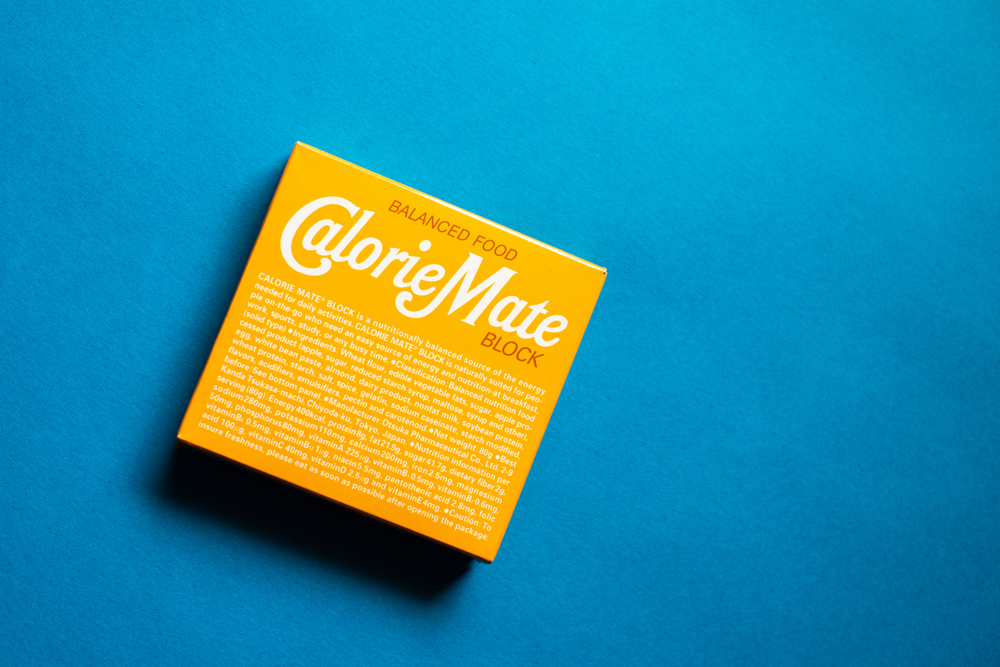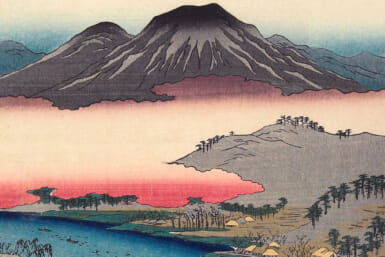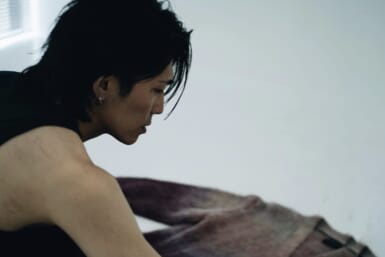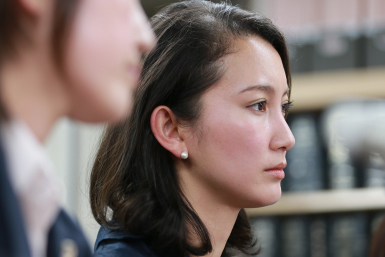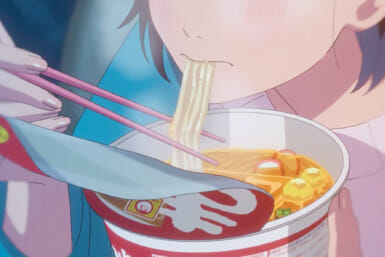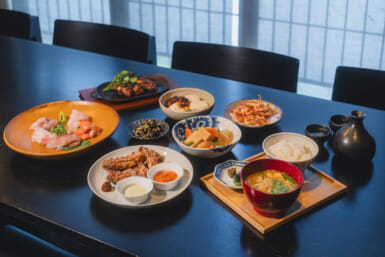Earlier this month, the Good Design Awards held their first free exhibition at trendy Tokyo Midtown. Showcasing the best of Japanese design with a few international contestants too, the Good Design Awards recognizes companies and designers that enhance the industry or the quality of life through design.
Every year a panel of experts in their respective fields evaluate thousands of entries. From architecture, home decor to everyday items, you’d be surprised at how many familiar objects you’ll encounter here. Fun fact: Vocaloid Hatsune Miku made the list for introducing the innovative synthesizer software in 2008.
In addition to their regular selection, Good Design also hosted a Long Life Design special exhibition at the neighboring museum 21_21 Design, this time focusing on products that have stood the test of time with at least 10 years under their belt. There might not be anything new to see here, but can you guess how long they’ve been around?
Neue Frutiger Font
Globally renown designer Akira Kobayashi contributed to the modern update of the Frutiger’s early 1970s typeface, now used around the world and in dozens of languages. For the 21st century, Kobayashi wanted to keep the familiar readability but add a modern twist to make the typeface available in different weights and thicknesses to suit all needs. Though originally designed with signage and display in mind, Neue Frutiger is also a popular font choice among editorial teams for magazines and other printed forms since its release in 2009.
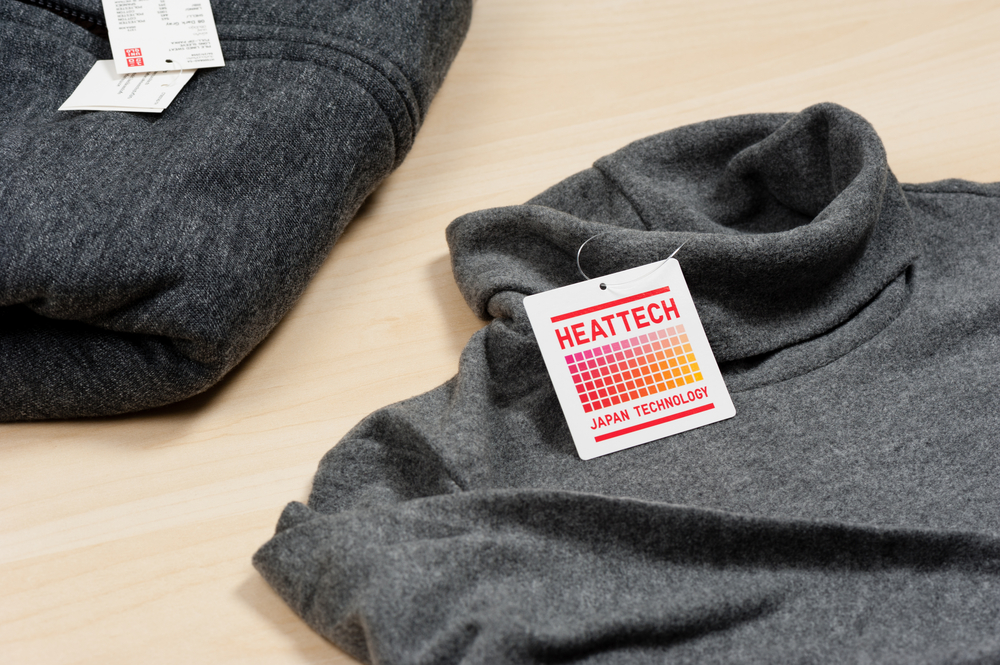
Heattech
Uniqlo’s popular range of innerwear has been going strong since 2003. Quickly making it into everybody’s winter wardrobe, the Japanese clothing brand changed cold weather fashion for the best by making their Heattech items thin yet warm. Bulky winter outfits constituted of layers of sweaters have almost completely disappeared from the streets of Tokyo, leaving place for everybody’s inner fashionista to shine year-round.
Kewpie 3-Minute Cooking
What became a cult TV program sponsored by the Kewpie Corporation has been around since the mid-1960s. Many viewers came to enjoy these short 10-minute clips (despite the name) much like they watch the weather channel, which is to say daily. The content doesn’t seem like anything new, but it presents tips on everyday side dishes demonstrated by cooking experts. Now running on its 57th year, the Kewpie 3-Minute Cooking has aired 17,000 times on Nippon TV.
CalorieMate
First released in 1983, CalorieMate is Japan’s addition to the world of energy bars. With unexpected flavors like Cheese and Maple, it quickly became a staple in the briefcase of every Tokyo worker. Its impact on Japanese culture was such that the bar was featured as a comical Easter egg in various video games, including Konami’s Metal Gear Solid 3: Snake Eater, allowing players to restore their stamina by consuming their block of chocolaty energy.
Radio Exercises
You read that right.
More than 90 years old, radio exercises were first introduced to the country by the postal insurance office of Japan’s former Ministry of Communications and later popularized by NHK. Much of the people’s basic health knowledge was first transmitted through these transmissions in the first half of the 20th century. Radio calisthenics are still relevant because they improve quality of life in multiple ways, and can be done almost anywhere, whether you want to take an active break between meetings or stretch before going to bed.
If you’re interested in browsing and shopping the Good Design catalog, their second store opened at the new Shibuya Scramble Square. For more information of the latest Shibuya shopping complex, take a look at our Concierge listing.

